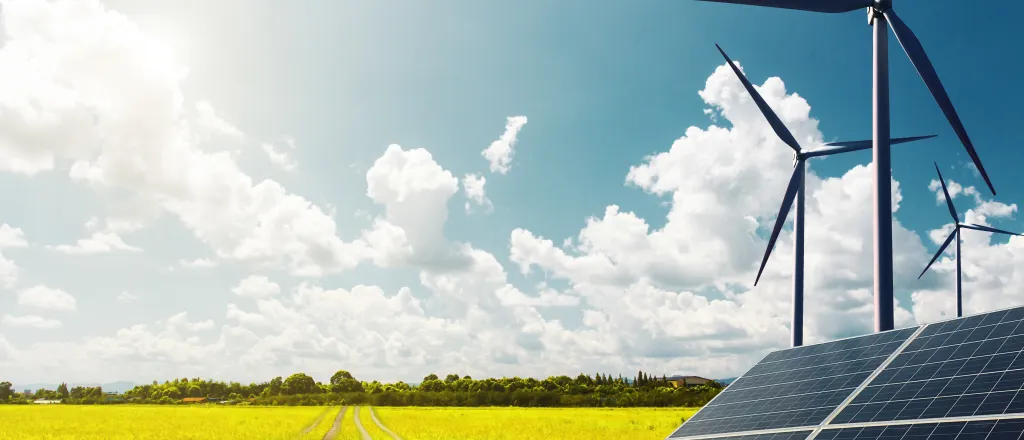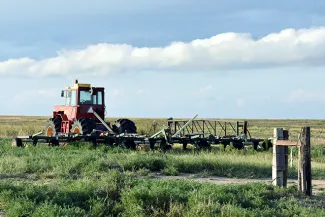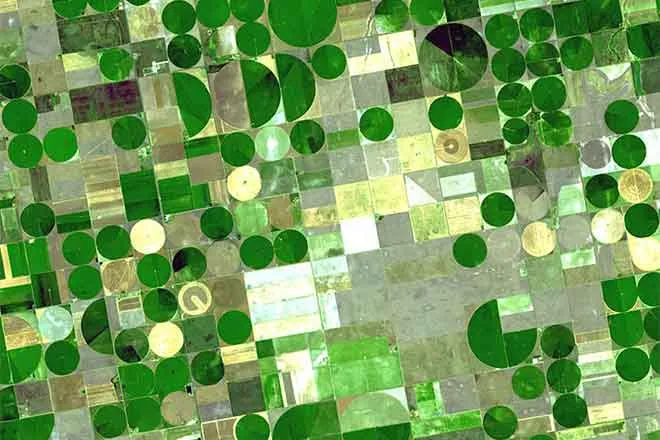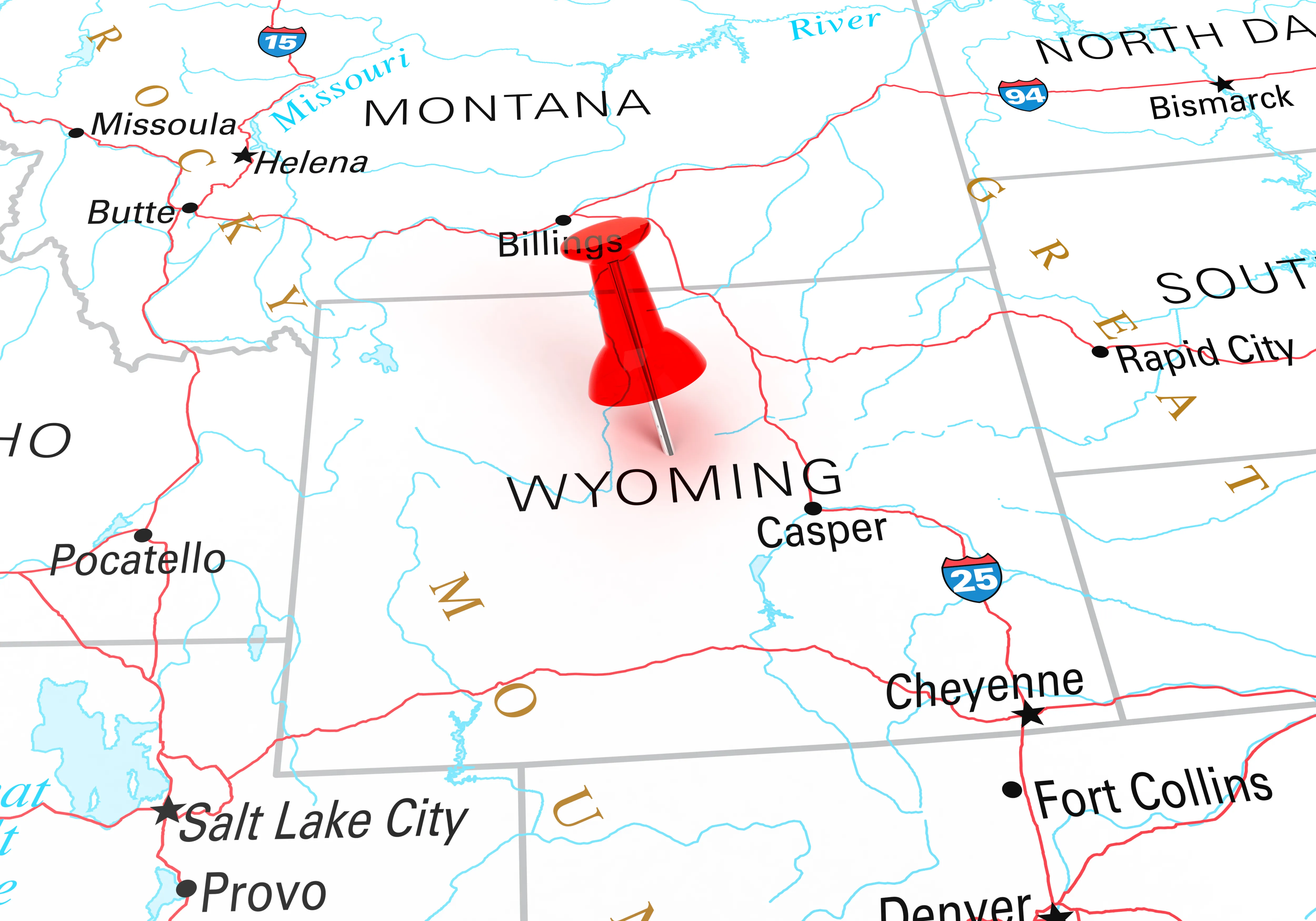
Former croplands could be ‘sweet spot’ for renewable-energy production
Click play to listen to this article.
(Greater Dakota News Service) Researchers mapped American croplands that have fallen out of production in hopes of inspiring new uses for them, such as renewable energy.
Roughly 30 million acres of croplands in the United States have been abandoned since the 1980s, including 1.5 million in South Dakota, according to a recent paper.

© Chris Sorensen / KiowaCountyPress.net
Tyler Lark, research scientist at the University of Wisconsin-Madison and one of the report's co-authors, said some lands have been restored to natural ecosystems. Others, those perhaps currently populated by invasive species, could be the answer to big questions the country is facing about where to house increasing renewable-energy development.
"We ideally want to avoid our best and most productive ag lands but we also don't want to encroach on pristine or native ecosystems," Lark explained. "Formerly cropped lands might hit that sweet spot in the middle."
Lark pointed out those acres could be used for biofuel, wind or solar production. Legislators have written bills to promote renewable-energy development without threatening the country's richest soils. One example is theProtecting Future Farmland Act, introduced last September by Senator Tammy Baldwin, D-Wis., and Senator Chuck Grassley, R-Iowa, which would facilitate what advocates call a "smarter solar buildout."
The American Farmland Trust estimated about 83 percent of new solar projects are built on farmlands and a majority of those on what's considered "prime" agricultural lands. Lark hopes research can help avoid conflicts over land use.
"At the local land-use planning level, where you have potential competition between different land uses, this data could potentially help facilitate that conversation and guide some of those investments," Lark contended.
Some renewable energy projects can coexist with agriculture. According to research from the U.S. Department of Agriculture, farmlands where wind turbines were installed between 2009 and 2020 typically stayed in farm production, while about 15 percent of farmlands where solar power was added shifted out of agriculture.

















